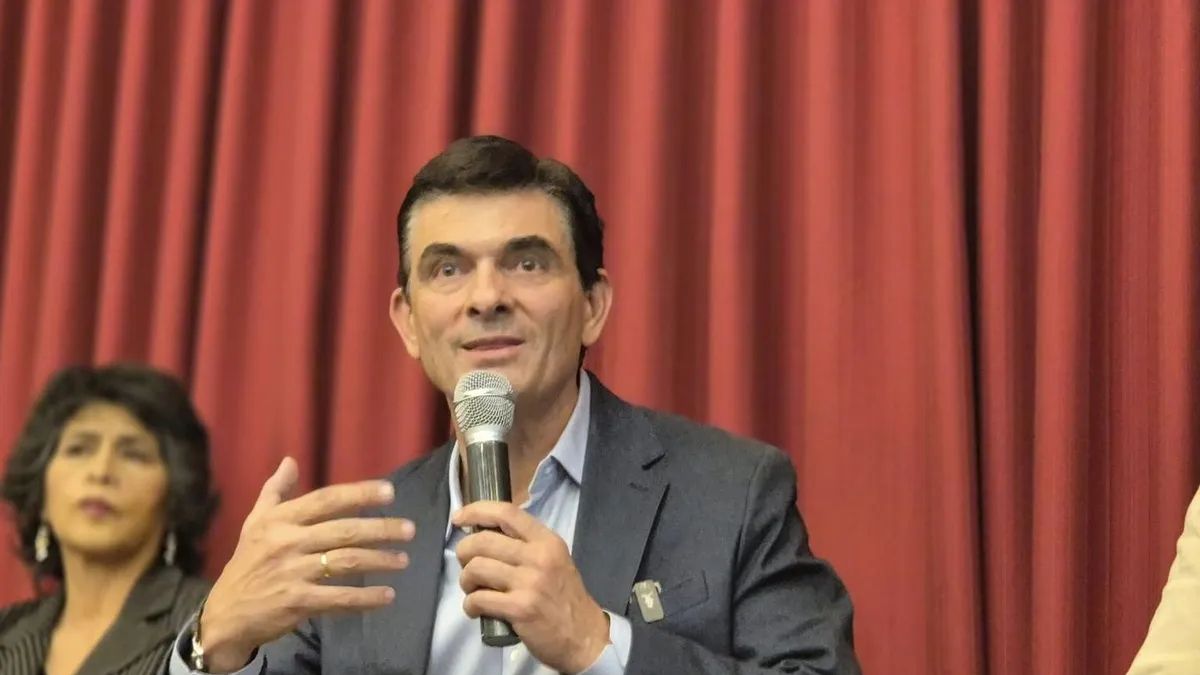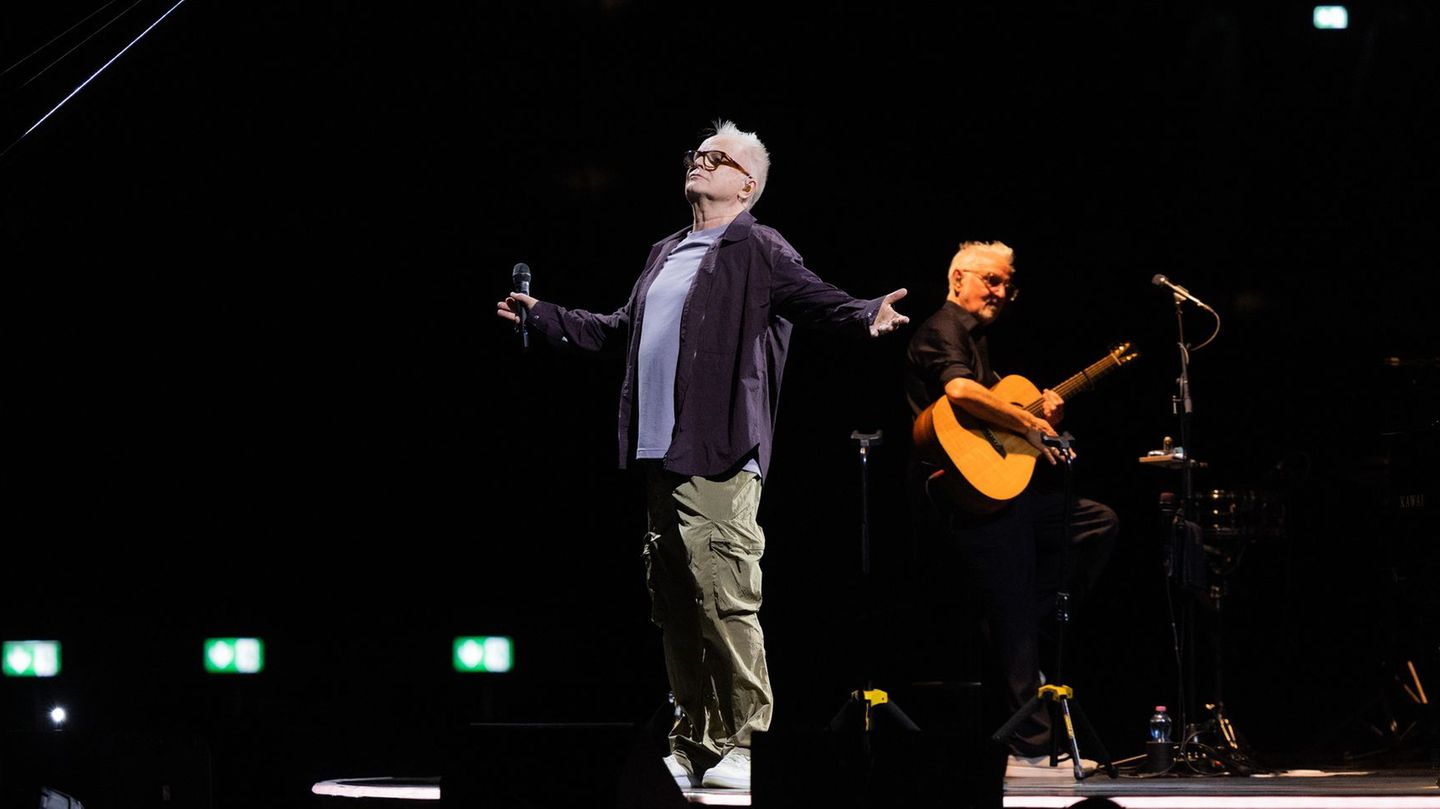- If you have a fixed term for more than $10 million, the rate is 69.1% per year, giving you an effective rate of 95.5% per year.
- If you have a fixed term for more than $20 million, the rate is 66.0% per year, giving you an effective rate of 90.0% per year.
A strange way of remunerating money, the Central Bank requires banks that if you deposit more money the rate goes down instead of going up.
But this is nothing, on Monday the Central Bank increased the rate for Mutual Investment Funds for one-day terms to 68.4% per year, which ends up giving you an effective rate of 98.1% per year. This is much stranger, since the Central Bank begins to compete with the banks in capturing funds.
The treasury for a 32-day placement pays you an annual rate of 104.27%, which is much higher than the placement for an amount greater than $20 million at 66.0% per year that you can make in a commercial bank for a fixed term of 30 days.
Clearly, the treasury first and the Central Bank later, come out to compete with the commercial banks to absorb pesos, and try (without luck) to leave the dollar market without liquidity.
The market is looking at $3, namely:
The first is the MEP dollar, which is worth $353.9, this dollar is controlled by the Central Bank, the Anses and the Treasury, in a game of tweezers they sell bonds to push this price down.
The second is the Cash With Liquidation dollar, which is worth $360.0. This dollar is managed by the Central Bank, which buys debt on behalf of the treasury, so that this price does not skyrocket to $400. They hope to intervene with U$S 1,000 million, and of that total they would have used about U$S 300 million.
The third is the blue dollar, a very informal market, which in recent times has lost foreign tourists as clients, now more inclined to use cards where they recognize a dollar of $335.15. The lack of this offer was felt in the market, and the price is between $381 and $385 depending on where you live in the country. This market is the one with the least intervention, since it is an informal market.
Yesterday afternoon the news broke that the secretary of internal commerce, in charge of Matías Tombolini, is erasing with their elbow what they wrote with their hand. They called on companies not to increase prices by 4.0% in February, and proceed with an increase of only 3.2%. The idea is to align prices to a target of 3.0% for the month of April. Sergio Massa continues to dream of the panacea of intervening, controlling and setting prices on the market. He still hasn’t found out that prices are free, and that they don’t need the controller to increase when supply and demand dictate.
An example of what we expressed happened with meat, in the month of December of the year 2021 the price of the live steer was $236.9 per kilo, for December of the year 2022 it was located at $305.20, the increase in the year was 28.8% against inflation of 94.8% per year. The price of the live steer is one more in the economy, at some point its price would rise arbitrarily to match general inflation.
In the month of January, many businesses and supermarkets could not stock up on steers from cattle ranches where they are fattened in the pen, many had gone bankrupt, since they could no longer bear the losses, they had bought calves at values above $400, and they were selling below the purchase value, with a price of food (corn) that had risen 100% in the year. They came to lose between $20,000 and $40,000 per animal, depending on whether they worked with their own capital or from third parties. With such shortages, shops and supermarkets had no other way than to go out and buy farms in the Cañuelas market.
In the month of January, the Cañuelas market strongly increased its volume, on 25 days of January 89,015 animals were traded when in all of December 65,362 animals had been traded, and last January 75,004 animals had been traded.
The steers went from being worth $235.0 per kilo in January 2022, to close yesterday at a price of $413.9 per kilo, which represents a rise of 76.1% in one year. This implies that the steer is not increasing in price, it is recovering value to get closer to inflation, which could be around 98.8% per year for the same period.
Meat in butcher shops could increase between 30% and 50% in the coming days, supermarkets will be controlled by the truckers union, and they may not show increases in meat, but we also don’t know if they will have meat on their shelves. This will impact the price index, meat impacts the index between 6.98% and 13.27% depending on the place in the country where the prices are measured.
Meat would rise by more than 30% in January, if the price continues to rise, this ruins the possibility that the minister will reach inflation of 3.0% per month next April.
conclusions
The State intervenes in the formal financial market, but it can do little in the informal market. It seeks to control prices, but the market makes fun of these controls, when companies see that they lose money at the prices set for them by the State, businessmen look for other marketing channels so as not to be left at the mercy of bankruptcy.
The meat market is one of the few markets with perfect competition, the price is set when supply and demand meet. The government took advantage of the supply of animals above the demand, which helped it to show lower price indices in November and December. Nothing is forever sang Fabiana Cantillo, and one fine day many livestock establishments went bankrupt, the supply fell, the demand was maintained and the meat took revenge with rising prices, although it still did not reach the inflation of the last 12 months. For now, meat has not increased, it has recovered in the face of inflation.
The real prices are in the informal market, the formal market prices are below the real prices.
Good time to buy MEP dollar at $353.85, when we already know that the blue dollar is worth $385, and when it goes up, it almost certainly won’t go down. The businesses are available there, you can buy MEP dollars with an 8% discount on the real price.
You can place pesos in the market in a treasury bill at an annual rate of 104.27%, when inflation could be 98.8% in the last 12 months.
You can buy a rib, $1,990 a kilo and keep it in the freezer, to earn 30% in the coming weeks, I don’t know if you have the liquidity to sell it, but you are going to eat the last roast at less than $2,000 a kilo in history Argentine economy.
financial analysts
Source: Ambito
I am a 24-year-old writer and journalist who has been working in the news industry for the past two years. I write primarily about market news, so if you’re looking for insights into what’s going on in the stock market or economic indicators, you’ve come to the right place. I also dabble in writing articles on lifestyle trends and pop culture news.




